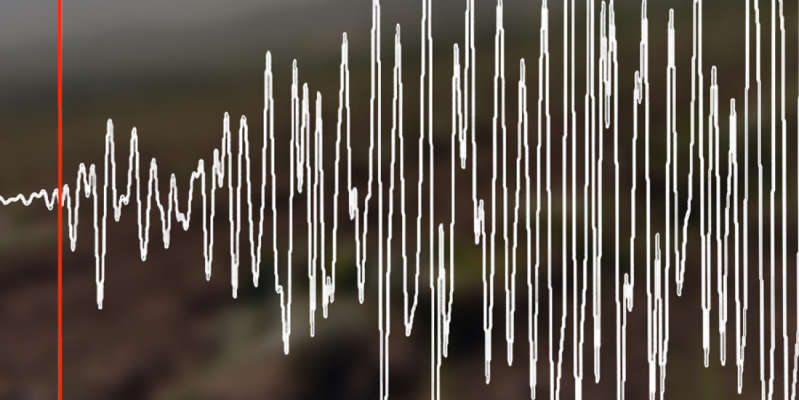
The largest underwater earthquake led to the birth of a new volcano
Seismic activity, which began in May 2018 and was felt around the world, was the reason for the birth of a new underwater volcano. The volcano is located off the island of Mayotte and rises 820 meters above the seabed, reports Nature .
The new feature is part of the tectonic structure between the East African and Madagascar rifts. Her research will help scientists better understand the poorly understood deep processes of the Earth.
Seismic vibrations began on May 10, 2018. Just a few days later, on May 15, a magnitude 5.8 earthquake struck. The instruments showed that the epicenter was located about 50 kilometers from the east coast of Mayotte, part of the volcanic archipelago of the Comoros, sandwiched between the east coast of Africa and the northern tip of Madagascar.
“This is the largest active underwater eruption ever recorded,” the researchers concluded.
An expedition sent to the island discovered a huge mountain off its coast, which was not there before.
Between February 25 and May 6, 2019, the research team identified 17,000 seismic events between 20 and 50 kilometers below the ocean floor – very unusual since most earthquakes occur much closer to the surface. They also registered 82 abnormally deep earthquakes.
Armed with this data, the researchers were able to reconstruct the birth of a new volcano. According to their findings, it all started with a reservoir of magma deep in the asthenosphere, a molten layer of the mantle just below the Earth's lithosphere.
Some tectonic processes damaged the lithosphere, and magma began to penetrate up the earth's crust, causing numerous earthquakes. Eventually, the igneous material reached the seabed, where it erupted, forming 5 cubic kilometers of lava and “building” a new volcano.
“The volumes and flow of ejected lava during a magmatic event in Mayotte are comparable to those observed during eruptions in the largest hot spots on Earth,” the scientists noted.
Experts believe that seismic activity may resume. Caldera collapse and new eruptions both under water and on land are possible.
Scientists have previously explored supervolcanoes. They are dangerous even many years after the eruptions.

